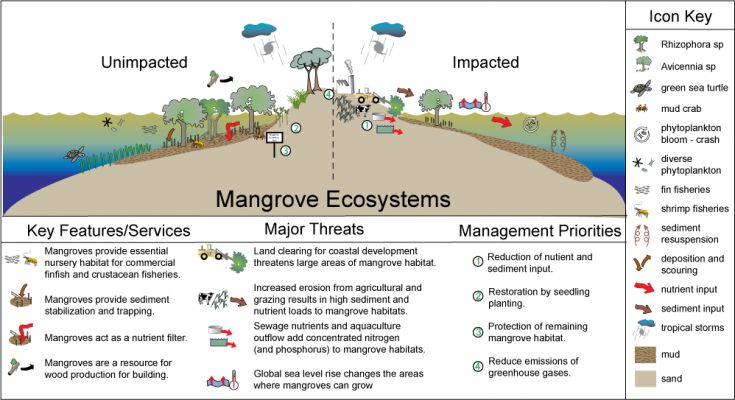Chapter 7.1 Ecology
Biotic Factors: Factors involving other living things. (Predator-Prey)
Abiotic Factors: Factors involving non-living things. ( Light intensity)
----
Food Chain:
It indicates the flow of energy along a sequence of organisms.
Less than 10% of energy of the original energy is being passed down the food chain.
(Reason: Most of the energy is used for life processes (respiration) and lost as heat to the environment
------
TERMINOLOGY
Producer: Organisms that produce their own foods.
Herbivores: Organisms that feed only on plants. (1st order consumer)
Carnivores: Organisms that feed only on animals. (2nd order consumer)
Omnivores: Organisms that feed on both animals and plants. (3rd order consumer)
------
Nutrient Cycle
---------
Different interactions between organisms
Mutualism: Both organisms benefit
Commensalism: One organism benefits while the other is neutral
Parasitism: One organism benefit while the other is harmed.
Note: Parasitism is not the typical predator and prey interaction as its parasites are smaller than their host.
=========
Chapter 7.2 EcosystemEcosystem refers to biotic factors and abiotic factors. It is also self-supporting.
Above is a diagram of a rainforest ecosystem.
The tallest trees are at the emergent level
The canopy layer is the layer that block 70%-100% of sunlight from reaching the forest floor.
The under-storey layer has a large concentration of insects.
The forest floor layer contains decaying organisms and many fungi grow here.
---
Mangrove system.............
--------
Carbon Cycle
Nitrogen Cycle
===========================================================





No comments:
Post a Comment